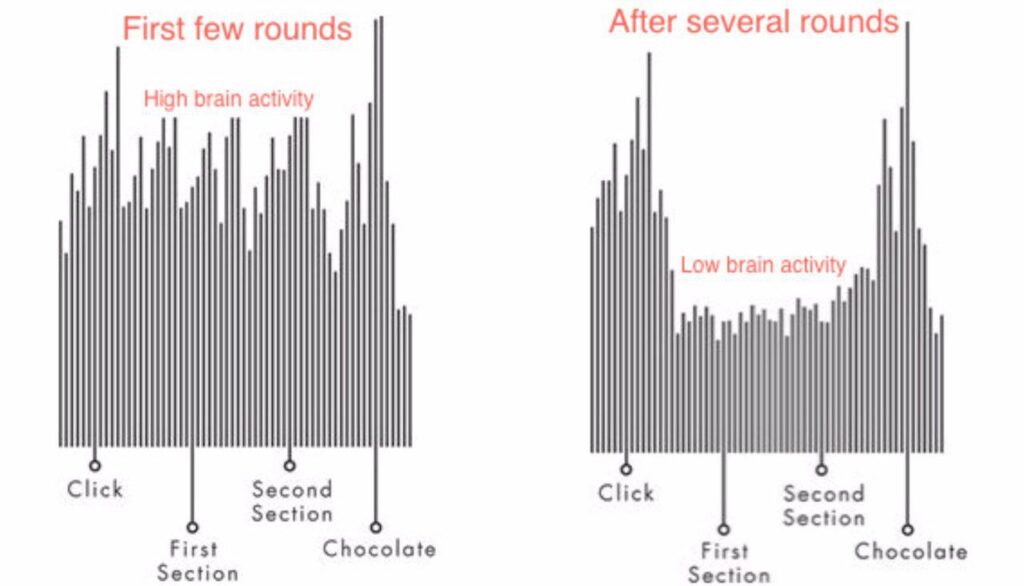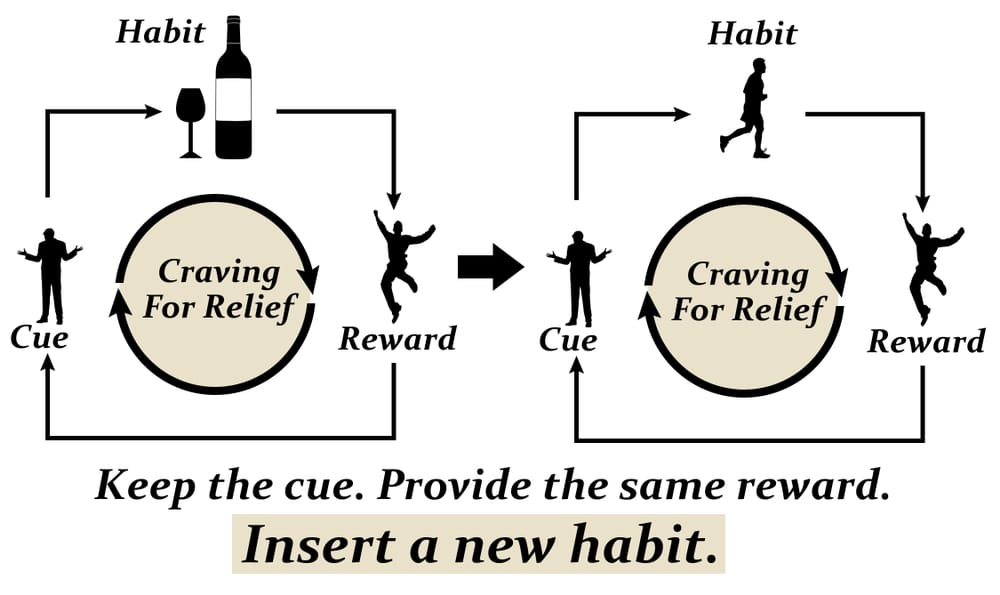
Research shows that more than 80% of people’s daily actions are habits. So, it is crucial to know how they work. In this article, I will examine the structure of habits and how to change them.
The structure of habits
All habits consist of three main parts.
1. Initiator or Cue
The thing that starts a habit by seeing, hearing, or happening. For example, seeing a cup of coffee for a smoker may subconsciously trigger the need to light a cigarette.
2. Route or Routine
The route that the lazy human mind (!) remembers to reach the reward and the ultimate pleasure. The set of step-by-step tasks that are done to achieve the ultimate satisfaction is called a path. Interestingly, research shows that our mind experiences an even deeper state of sleep-in stage 2 or during the journey; therefore, the power of analysis is taken away from us. It is precisely for this reason that you usually come to your senses when the corresponding habit has ended. For example, you may have planned not to go to sweets for hours, but suddenly you realize that you have finished a box of sweets!
3. Final Reward of habits
A good feeling that makes the brain remember the relevant path and use it later.


As you can see, after doing it a few times, with the start of the habit, a state similar to sleep is experienced.
How to change your habits?
According to the above, to destroy a bad habit and actually replace it:
- Use the same cue.
- Provide the same reward.
- Change the route or routine.

An example of how to change a habit.
So, we said that you must change the path to correct a habit while keeping the reward and cue the same. For example, if the cue (initiator) for you is hunger and your way is to go to a restaurant and eat food (for example, fast food). The reward is a good feeling of fullness and the pleasure of tasting food. To change this habit, you can continue to cue and Keep the Reward as before, but instead, for a few times, create a different path for yourself and replace it with another food. Since habits are an unconscious behavior, you should not worry about them. Just find the primary intention of the subconscious mind to do it and provide it from another path. By doing this, you will quickly see that the relevant habit will disappear, and a new habit (which provides the same reward) will be replaced.
Find the primary purpose of subconscious mind.
For example, if you have a habit of going to the fridge every day at 4 o’clock and eating a sweet, and you have recognized that the primary purpose of your subconscious mind is to get rid of the pressure and stress in your work environment: decide that 4 o’clock (you can even set your mobile alarm for 4 o’clock), every time you feel that your habit cycle is starting, eat a portion of food or other entertainment that you are very fond of and relieve your work pressure and stress. Replace it and for a few times by using this new entertainment, present to your subconscious mind the feeling of the pleasure of being released from the pressure of work and replace it with the previous behavior. You will see that the new behavior will replace it.
You should know that habits are not worrying at all. But they are very simple and changeable. Just ask yourself this question: Why does my subconscious mind do this? What is the primary purpose of this habit to satisfy my subconscious mind?
When you find the answer to this question, you can simply (I emphasize, simply!) replace the old one with the new one by providing the same reward from another route.


